Business
World Bank works to redirect frozen funds for humanitarian aid only

The World Bank is finalizing a proposal to deliver up to $500 million from a frozen Afghanistan aid fund to humanitarian agencies, people familiar with the plans told Reuters, but it leaves out tens of thousands of public sector workers and remains complicated by U.S. sanctions.
Board members will meet informally on Tuesday to discuss the proposal, hammered out in recent weeks with U.S. and U.N. officials, to redirect the funds from the Afghanistan Reconstruction Trust Fund (ARTF), which has a total of $1.5 billion, Reuters reported.
Afghanistan’s 39 million people face a collapsing economy, a winter of food shortages and growing poverty three months after the the former government collapsed.
Afghan experts said the aid will help, but big gaps remain, including how to get the funds into Afghanistan without exposing the financial institutions involved to U.S. sanctions, and the lack of focus on state workers, the sources said.
The money will go mainly to addressing urgent health care needs in Afghanistan, where less than 7% of the population has been vaccinated against the coronavirus, they said.
For now, it will not cover salaries for teachers and other government workers, a policy that the experts say could hasten the collapse of Afghanistan’s public education, healthcare and social services systems.
They warn that hundreds of thousands of workers, who have been unpaid for months, could stop showing up for their jobs and join a massive exodus from the country.
The World Bank will have no oversight of the funds once transferred into Afghanistan, said one of the sources familiar with the plans. A U.S. official stressed that UNICEF and other recipient agencies would have “their own controls and policies in place.”
“The proposal calls for the World Bank to transfer the money to the U.N. and other humanitarian agencies, without any oversight or reporting, but it says nothing about the financial sector, or how the money will get into the country,” the source said, calling U.S. sanctions a major constraint.
While the U.S. Treasury has provided “comfort letters” assuring banks that they can process humanitarian transactions, concern about sanctions continues to prevent passage of even basic supplies, including food and medicine, the source added.
“We’re driving the country into the dust,” said the source. Crippling sanctions and failure to take care of public sector workers will “create more refugees, more desperation and more extremism.”
A State Department spokesperson confirmed that Washington is working with the World Bank and other donors on how to use the funds, including potentially paying those who work in “critical positions such as healthcare workers and teachers.”
The spokesperson said the U.S. government remains committed to meeting the critical needs of the Afghan people, “especially across health, nutrition, education, and food security sectors … but international aid is not a silver bullet.”
Established in 2002 and administered by the World Bank, the ARTF was the largest financing source for Afghanistan’s civilian budget, which was more than 70% funded by foreign aid.
The World Bank suspended disbursements after the Islamic Emirate of Afghanistan (IEA) takeover. At the same time, Washington stopped supplying U.S. dollars to the country and joined in freezing some $9 billion in Afghan central bank assets and halting financial assistance.
One major problem is the lack of a mechanism to monitor disbursements of funds in Afghanistan to ensure Taliban leaders and fighters do not access them, a third source said.
Business
$23 million pharmaceutical company opens in Kabul
The Islamic Emirate officials also stated that while they fully cooperate with pharmaceutical companies, these manufacturers need to produce drugs that meet international standards.
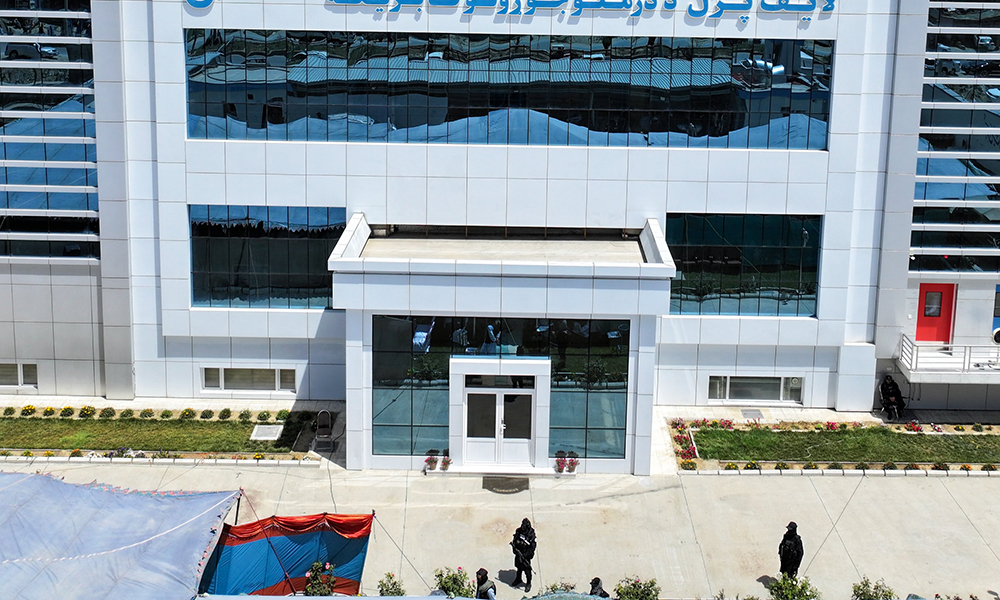
A new pharmaceutical company, costing $20 million, was officially opened on Thursday in Kabul in the presence of Islamic Emirate leaders, including Deputy Prime Minister for Economic Affairs Mullah Abdul Ghani Baradar.
The new company will reportedly manufacture 50 different types of drugs once fully operational.
Addressing the launch ceremony on Thursday, Baradar outlined the importance of quality in terms of pharmaceuticals and said poor-quality drugs threaten lives while good-quality medicines can save lives.
Baradar also pointed out that more manufacturing companies like this will help grow the country’s economy.
He once again called on investors, both in the country and abroad, to help in the reconstruction and development of the country and start businesses. He also said the way has been paved for them to invest and that they should make use of the opportunities available.
Health officials meanwhile said that currently there are 77 pharmaceutical companies in the country and that serious efforts are being made to make the country self-sufficient in this regard.
The Islamic Emirate officials also stated that while they fully cooperate with pharmaceutical companies, these manufacturers need to produce drugs that meet international standards.
Related Stories:
New medicines manufacturing company established in Nangarhar
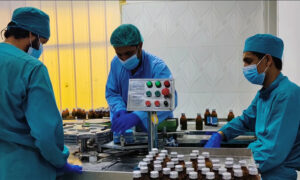
Kandahar officials inaugurate $50 million pharmaceutical company
Business
Sugar exports to Afghanistan resume after four year break
Islamabad banned the export of sugar to Afghanistan four years ago to address shortages and control prices in the country.
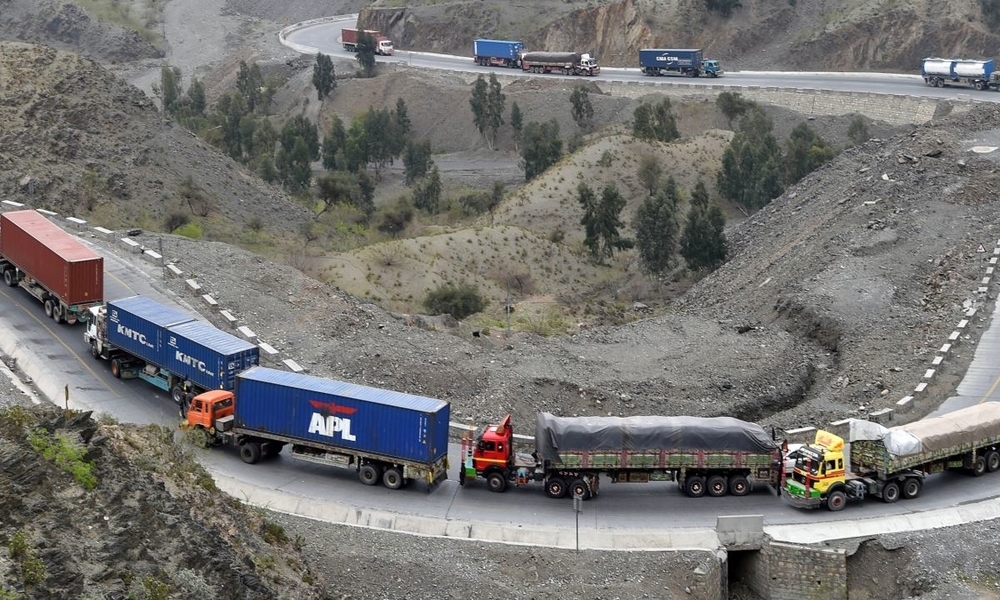
Sugar exports from Pakistan to Afghanistan resumed this week after a four-year suspension, with over 400 vehicles crossing the Torkham border in the last four days.
According to Pakistan sources, Islamabad recently agreed to the export of 150,000 tons of sugar to Afghanistan, setting an August 15 deadline for the completion of the shipment process.
Customs clearing agents at Torkham said around 100 vehicles, each carrying 33 tons of sugar, crossed into Afghanistan four days ago and more thereafter.
Islamabad banned the export of sugar to Afghanistan four years ago to address shortages and control prices in the country.
Related Stories:
Volume of imports from Pakistan has declined: official
Import, export volumes total $7.5 billion in 1st nine months of this solar year
Business
Chinese keen on investing in Afghanistan’s solar power sector
At the same time, the deputy minister welcomed their interest and stated that Afghanistan is a place of opportunities for investment and that the ministry is ready to cooperate.
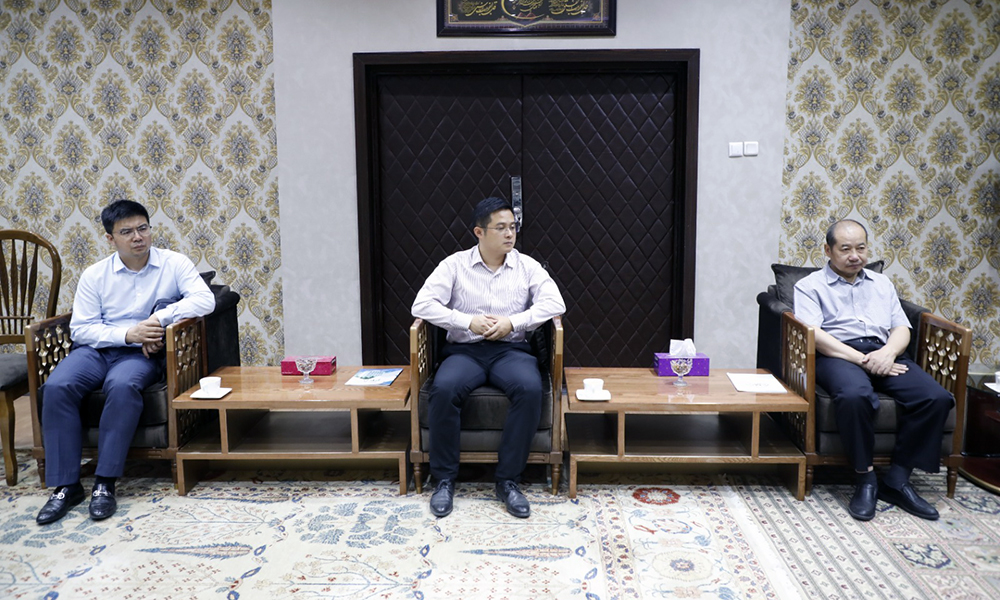
The Ministry of Industry and Commerce says that Ahmadullah Zahid, deputy minister, met with a number of Chinese investors in his office on Tuesday.
According to a statement issued by the ministry, Ehsanullah Shahab, the head of special economic zones, was also present in this meeting, where investors from China expressed their interest in investing in solar power generation and agriculture technology sectors.
At the same time, the deputy minister welcomed their interest and stated that Afghanistan is a place of opportunities for investment and that the ministry is ready to cooperate.
Related Stories:
Chinese keen to invest in Panjshir-Kabul water conduit project

120 Chinese companies held investment talks with IEA since takeover
-

 Sport4 days ago
Sport4 days agoOlympics finally here; What you need to know
-
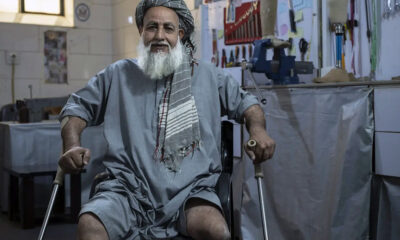
 Latest News5 days ago
Latest News5 days agoOCHA reports 110 die in landmine explosions in Afghanistan every month
-
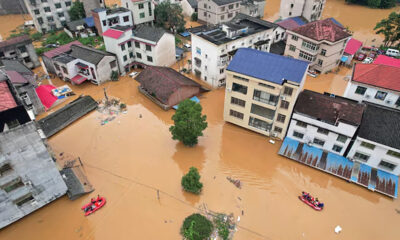
 Regional5 days ago
Regional5 days agoChina braces for twin tropical cyclones after deadly flash floods
-
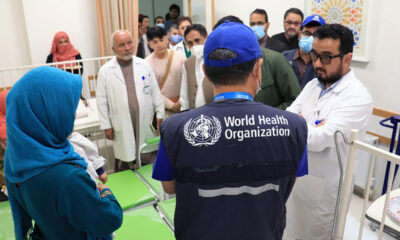
 Health4 days ago
Health4 days agoHealth partners provide services 589,205 people in Afghanistan in last month
-

 Latest News4 days ago
Latest News4 days agoAfghanistan’s Hajj ministry confirms death of 27 pilgrims in Mecca and Medina
-

 Business5 days ago
Business5 days agoConference on Islamic microfinance kicks off in Kabul
-

 Sport4 days ago
Sport4 days agoACB proposes ODI fixtures against top-tiered teams
-

 Latest News4 days ago
Latest News4 days agoIslamabad claims three terrorists killed at Pakistan-Afghanistan border





























